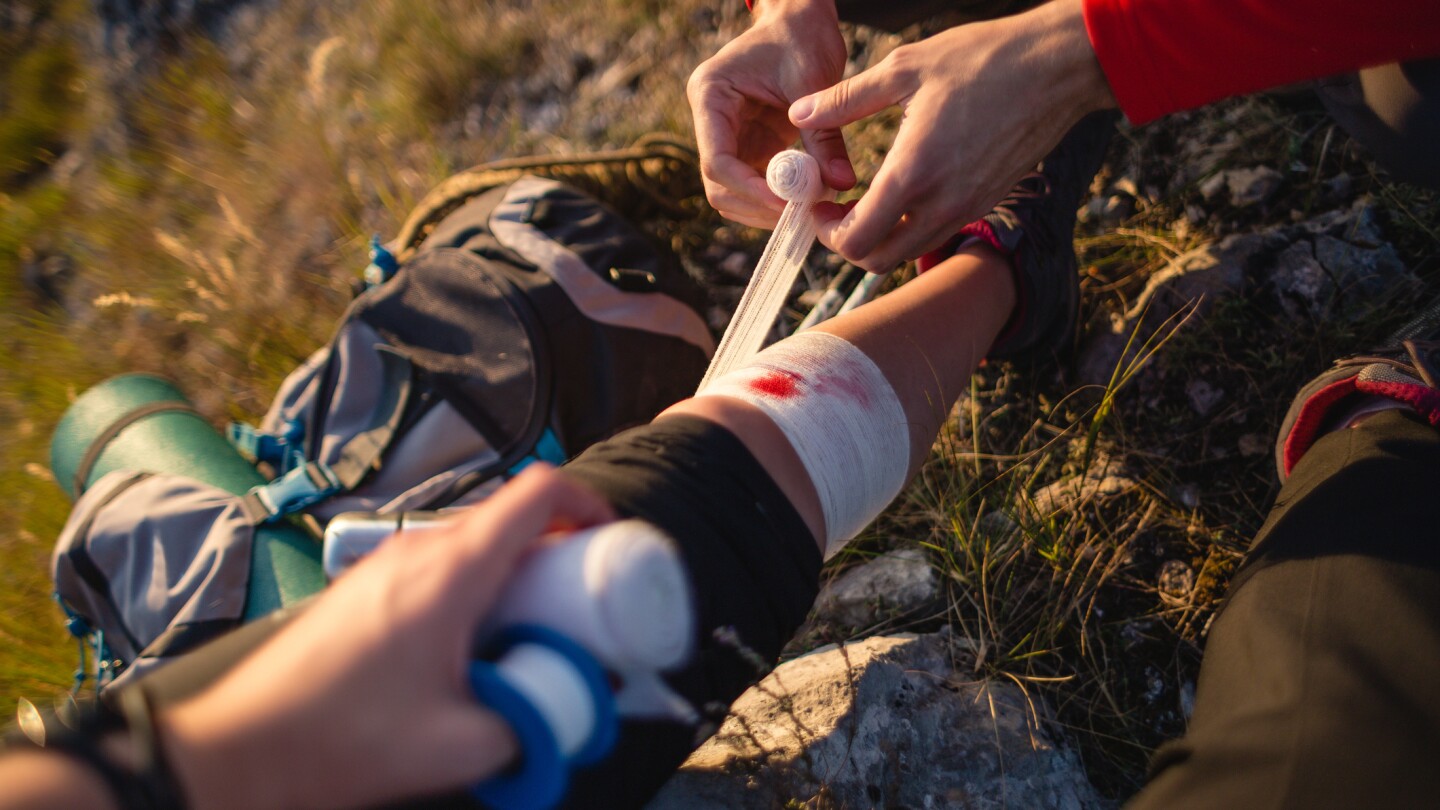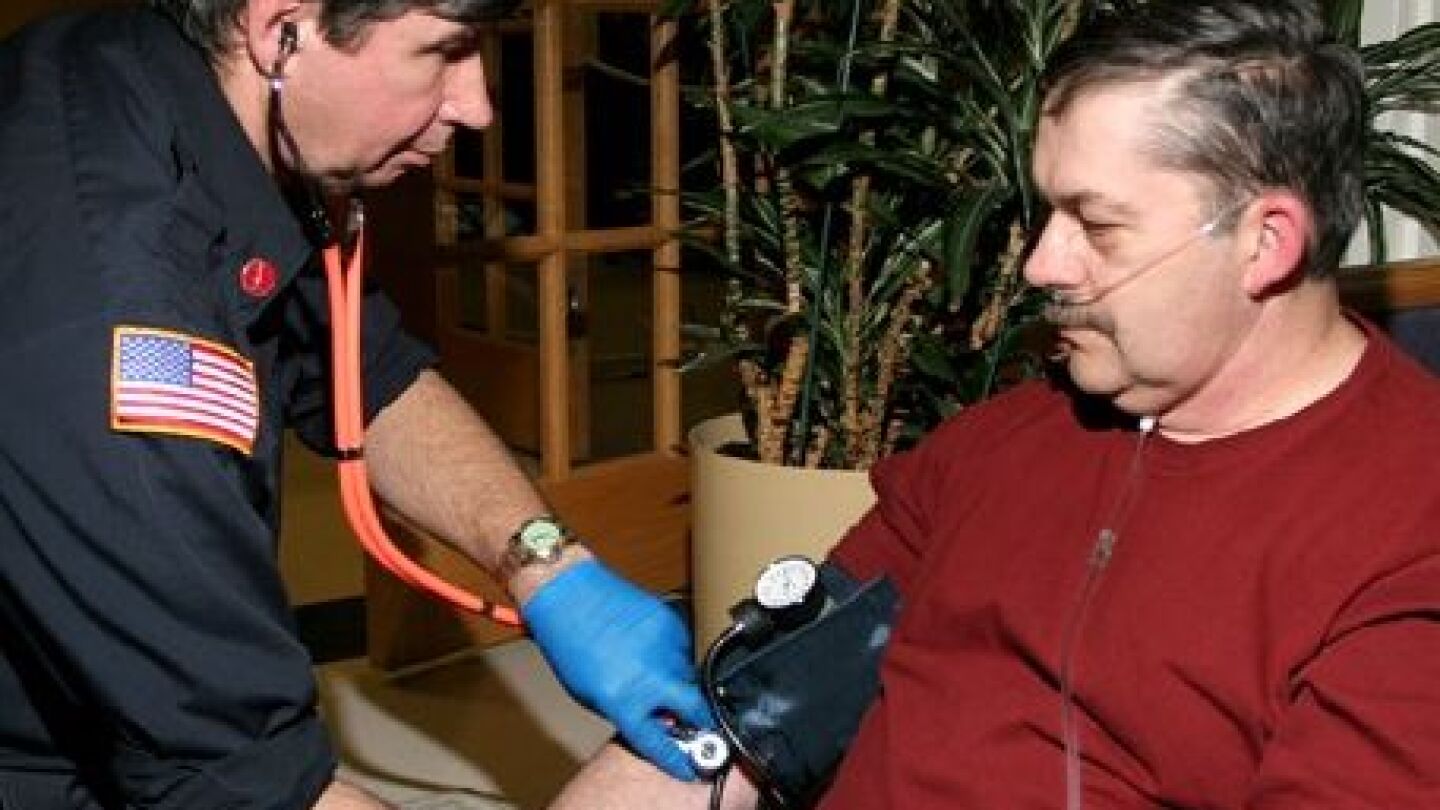Trauma
Prepare for patients who experience blunt-force or penetrating trauma with news, research, expert-written columns, podcasts and original videos in the EMS1 Trauma topic.
Stock up on these bleeding control products and be ready to respond to emergency trauma both on and off duty
How to use the lost art of auscultatory percussion to evaluate suspected long bone fractures
Judy Ortiz and Adam Van Duzen of Morrow County (Ohio) EMS treated Trooper Jason Phillips for traumatic injuries, including a bullet wound, after he was struck head on by a wrong-way driver
Coordinated efforts between fire, EMS, CareFlight and hospital physicians made it possible for Paul Rizzo to continue living his life to the fullest
Officials say the change will allow life-saving blood transfusions to be administered on scene or during transport
Seven resolutions for increasing your resilience to prevent psychological and emotional trauma in emergency services
What do Abraham Lincoln, the Revolutionary War, and an orthopedist named Thomas all have in common? They all played a pioneering & influential role in trauma care within the U.S.
Police officers, firefighters, paramedics and dispatchers from across Ohio gathered to discuss the trauma and stress first responders face
Lexington Paramedic Heather Haynes was getting out of an ambulance in a parking lot when a driver hit the rig, pinning her between the two vehicles
The unfortunate reality remains that victims die because of treatment delays
A paramedic details how EMS providers carry the weight of difficult calls with them through their next interactions with patients and families
Gavin Newsom signed Senate Bill 542 to create a rebuttable presumption that a worker’s mental health struggles are an occupational injury
A team from the Institute of Neurological Sciences updated the GCS and developed a Structured Approach to Assessment to minimize variation in stimulation and response measurement
A paramedic shares how the cumulative toll of tragedies experienced in emergency services can affect anyone
Automated data sharing has the potential to provide insight into efficiencies, reducing errors and redundancies, resulting in better, faster patient care
All of those injured were alert while being transported to local hospitals with non-life-threatening injuries
The goal of the service is to lower suicide rates, divorce rates and job burnout that many first responders experience
Firefighters grappled with a 120-gallon propane tank against the rear of the home that was blowing off pressure with a 40-foot fireball while battling the blaze
Nine people, including children, were transported to the hospital with back and head injuries, as well as cuts and bruises
Ivan Mazurkiewicz performs magic tricks for his youngest patients as a way to calm them down and make their ride to the hospital less stressful
ResilientFirst is based on research showing the most effective way of insulating first responders from traumatic stress injuries is to increase their resilience
This non-linear patient assessment flowchart allows priority decision making beyond the basics of OPQRST and SAMPLE
The movement to educate the larger community about Stop the Bleed is very similar to efforts to teach CPR
While the measure drew almost universal praise, some faulted the bill for failing to including emergency medical technicians
In 20-25% of cases, stroke symptoms and signs represent a stroke mimic, such as hypoglycemia, epilepsy, multiple sclerosis or infection
The University of Pittsburgh School of Medicine and Carnegie Mellon University will work to develop artificial intelligence technology to better assist wounded troops in the field
A new documentary, “Keeping the Peace,” tells the story of law enforcement officers, firefighters and other first-responders and the harrowing scenes they witness
The effects of shock due to major blood loss rapidly become irreversible, so quick identification and intervention are critical
A portable ultrasound machine enabled eFAST exam can identify free fluid, a pneumothorax or signs of dissection from the back of an ambulance
To be successful in this line of work you need certain intangible traits such as commitment, professionalism, reliability, a wealth of medical expertise
Jody Heglar was sentenced to 15 years for driving under the influence and driving with a suspended license, which was reduced to 14 months of time served and probation






























